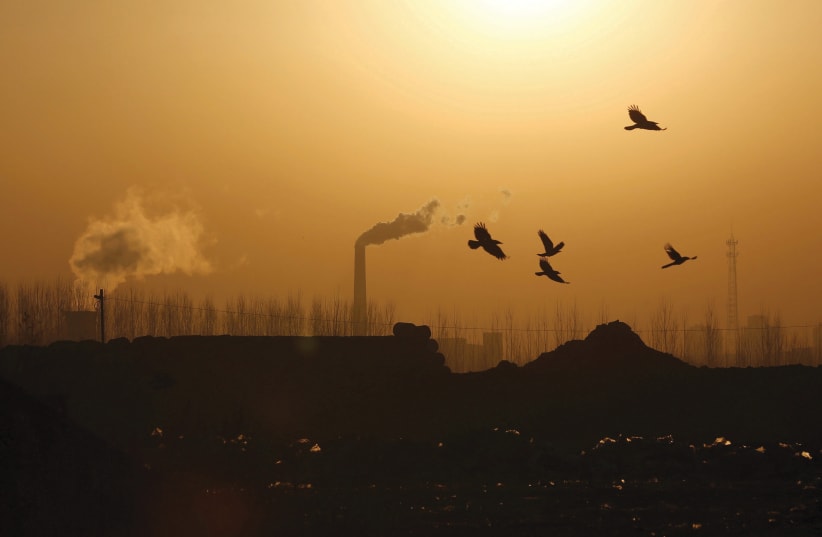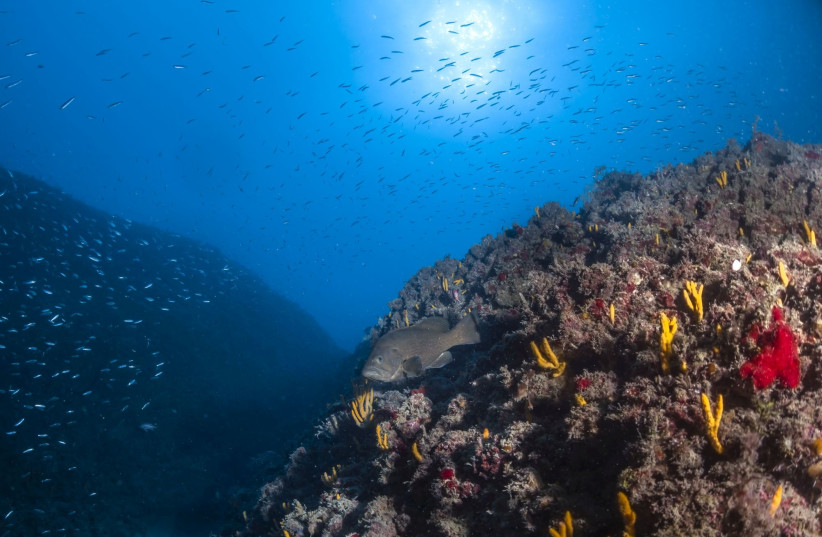A major concern regarding the wide-ranging impact of climate change is the rapid extinction of countless species of flora and fauna resulting from human activity.
Though the catastrophic effects of climate change on biodiversity are already visible, with ecologists estimating that 15%-37% of plant and animal species will go extinct, current models based solely on climate data may underestimate the full scope of the damage, according to a study by researchers from the University of Arizona, published in the peer-reviewed journal Ecology Letters in October.
The researchers collected data from more than 23,000 piñon pines in the southwestern United States in order to gauge the effects of climate on these trees and found that climate not only affects the species through conditions such as precipitation and temperature but also through its effects on insect populations as well as fire. Changes in these conditions can have significant effects on the trees' ecosystem and, by extension, their overall distribution, but such metrics cannot be monitored with models that only account for the climate.
Rain, for instance, or lack thereof, can have a major impact on the tree population; when there is drought, the trees become vulnerable to insects such as the bark beetle. On the other hand, too much rain causes an excess of vegetation, which provides fuel for wildfires, according to lead study author Reno Emily Schultz, a former postdoctoral researcher at the University of Arizona and currently based at the University of Nevada.
"If we want to make predictions, we have to know what causes species to be in an area in the first place," Schultz said.
In the southwestern US, increasingly hot and dry conditions drive species to higher ground, such as mountains, where conditions are cooler. "At the very top, some species have nowhere left to go," she added.
Climate change also affects organisms on an individual, causing stress and thus making them vulnerable to disease, according to study co-author Margaret Evans, an assistant professor of dendrochronology at the UArizona Laboratory of Tree Ring Research.
For instance, in 2013, sword fern plants died en masse; in 2013 and 2014, sea star populations were devastated by a disease called sea star wasting syndrome; and in 2015, large numbers of saiga antelope died off, according to UArizona.
Evans, et al. predict even more die-offs due to climate change, saying unusual weather patterns will cause widespread disruptions to ecosystems across the globe.
The Environment and Climate Change portal is produced in cooperation with the Goldman Sonnenfeldt School of Sustainability and Climate Change at Ben-Gurion University of the Negev. The Jerusalem Post maintains all editorial decisions related to the content.

